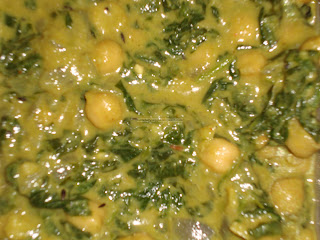Sevai as it is called in my household is like noodles and is also called idiyappam. It was quite a common dish in my family and my mother was expected to make it from scratch for everyone including my aunt and her family. That seems to be proof enough that she is so patient. Anyway, I remember there used to be special equipment in brass to make sevai from the dough but my mom had to use her small ‘nazhi’. It is usually quite a bland dish but can be pepped up with a nice hot and sour dish on the side. Usually mom used to make ‘pachai puli’, a dish made with tamarind and charred egg plant. A hot vegetables and coconut stew would also be a nice combo. The sevai can be had plain or tempered with some roasted coconut or be made lime flavoured. Where we are, we get ready cooked rice noodles in packets. I used to make lime sevai with it for a simple and quick meal. As I always want to make our meal more nutritious I was looking to enhance this dish. I then chose ragi to provide the nutritional boost. I do not enjoy the instant ragi dosa and few other recipes I have seen with ragi. For that reason I constantly try to come up with enticing ragi recipes. In this dish, I have not used ragi but used rice as well to give a nice texture and colour. As you know, ragi does not have the most appealing or tempting colour! Ragi is rich in protein and quite low in calories and fat. It is also high in fibre, keeping you fuller for longer. If you get ragi grain itself, you could sprout it (rinse and soak in adequate water for 6-8 hours; drain and tie in a muslin cloth or keep in a box in a warm place for atleast 12 hours), roast it or dry it and grind it to powder to make the flour. Alternately you can buy the ragi flour from the store and this usually is sprouted ragi flour. With that, here is how you can make it...
For sevai:
½ cup rice flour
½ cup ragi flour
Salt to taste
Boiling water – quantity depends on rice flour as some tend to suck more water than others.
To temper, flavour and serve:
1 cup grated carrot
1 teaspoon mustard seeds
2 green chillies finely chopped
1 sprig curry leaves
¼ teaspoon turmeric powder
Asafoetida
Juice of one lime
Fresh chopped coriander leaves to garnish
To make the sevai, roast the rice flour until it starts appearing bit coarse than it was to start with (if you know how to put rangoli/kolam, take some flour between your index finger and thumb and see if the flour freely flows enabling you to put kolam. If it is not free flowing, roast further). Also roast ragi until you get a nice aroma from it.
Add salt and mix both flours. Add enough boiling water to make a dough that is not watery. Due to rice flour, the dough will be soft but make sure it is not watery. Ensure there are no lumps in the dough.
In a ‘nazhi’, squeeze out the dough to form the strings. I did it on idli plate, if you have sevai plate, you can use that. Steam for 10 – 15 minutes.
For lime sevai, in a pan, add teaspoon cooking oil and once hot, add the mustard seeds, after it splutters, add curry leaves, turmeric powder, and asafoetida. Finally add the carrot and cook for a couple of minutes so carrots remain partially cooked (just to retain more nutrients).
Let the sevai cool so it does not lose shape while mixing. Using your hand, mix the sevai with the tempered carrot. Squeeze juice of a lime and mix again.
Garnish with coriander and serve with tangy chutney.
If you wish to make coconut sevai, replace carrot with couple of teaspoons of coconut and roast it with rest of tempering. I had this with a spicy and sour green chilly sauce (masiyal).Above quantity could serve 4.
Here is a great tip - if you are a busy bee, you need not always make this sevai from scratch. I make a big batch of dough and instead of steaming it all, I dry some in my oven and keep in a plastic bag. Just got to steam whenever I want it!


















.JPG)

.JPG)
.JPG)



























